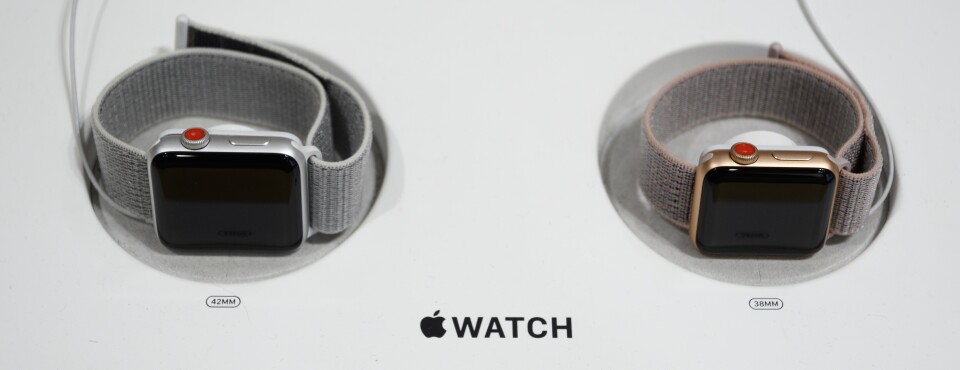Unsealed Apple Ruling Reveals Why Watch Was Initially Banned
The US International Trade Commission (ITC) had ordered Apple to stop selling the Apple Watch Series 9 and Apple Watch Ultra 2 in the US, after finding that they infringed on two patents owned by Masimo, a medical technology company. The patents relate to the blood oxygen monitoring feature of the Apple Watch, which Masimo claimed Apple had copied from its products. The ITC had issued the ban in October, but it was put on hold by an appeals court on December 27, 2023.
Apple had appealed the ITC’s decision, arguing that it had redesigned the Apple Watch to avoid infringing on Masimo’s patents. Apple also said that the ban would cause it “irreparable harm” and affect millions of customers who rely on the Apple Watch for health and wellness purposes. Apple had asked the ITC to delay the ban until the US Customs and Border Protection (CBP) could review the redesigned Apple Watch and determine whether it was still covered by the order. The ITC had rejected Apple’s request, saying that the ban would take effect on December 26, 2023, unless the president or the US Trade Representative intervened.
However, the Federal Circuit Court of Appeals granted Apple’s motion to stay the ban, pending the outcome of its appeal. The court said that Apple had shown that it was likely to succeed on the merits of its appeal, and that it would suffer irreparable harm if the ban was enforced. The court also said that the public interest favored Apple, as the ban would deprive consumers of access to the Apple Watch’s health and fitness features.
The appeals court’s decision means that Apple can continue to sell the Apple Watch Series 9 and Apple Watch Ultra 2 in the US, until the court rules on the appeal. The appeal process could take several months, and the court could either uphold or overturn the ITC’s decision. Meanwhile, Apple and Masimo are also involved in a separate lawsuit, in which Masimo accuses Apple of stealing its trade secrets and poaching its employees to develop the Apple Watch’s blood oxygen monitoring feature. That case is still pending in a federal court in California.



0 Comments